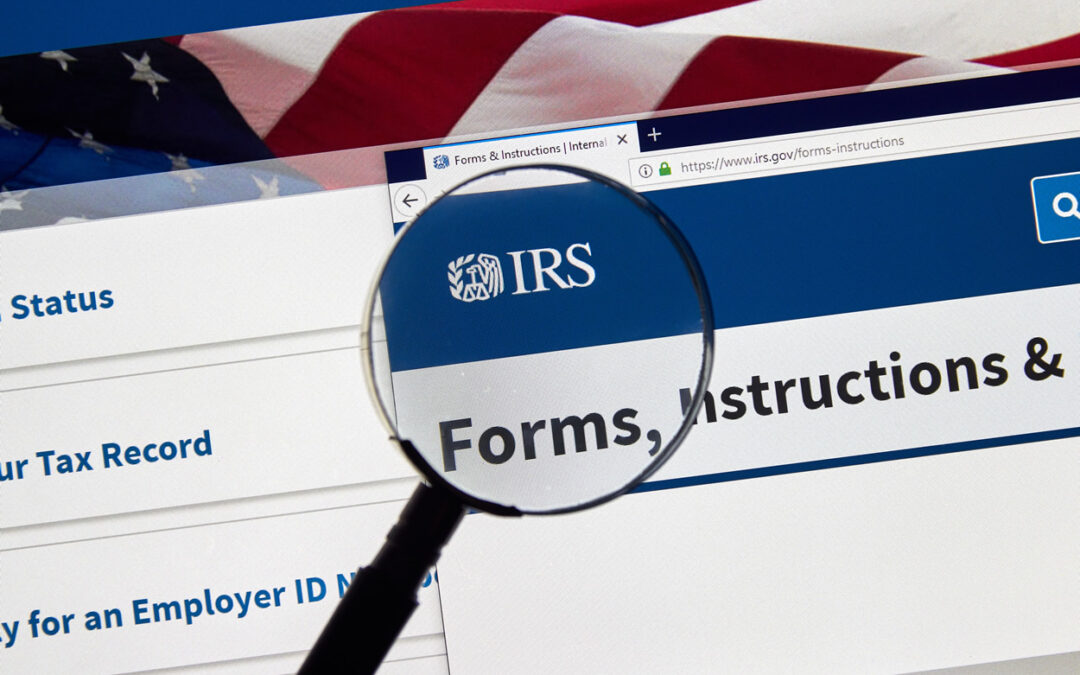Issue Number: IR-2023-28
Inside This Issue
Avoid the rush: Presidents Day marks peak time period for calls; use IRS online tools in February to avoid delays, get tax help
WASHINGTON — With the nation entering a peak period for filing taxes, the Internal Revenue Service urges taxpayers to use online tools to get answers quickly and avoid phone delays during a traditional peak period for IRS phone lines around Presidents Day.
Presidents Day weekend, when many people prepare their taxes, historically marks a peak period for IRS phone lines. During the two week February period following Presidents Day, the IRS recommends turning first to the self-help tools available online on IRS.gov to avoid delays.
“The IRS continues to see improvements this tax season compared to previous years, including better phone service,” said IRS Acting Commissioner Doug O’Donnell. “But we always see a significant surge in phone traffic around Presidents Day. With the calendar advancing, millions of people turn their attention to taxes during this period. To avoid potential delays, we encourage people to check IRS.gov first, which can provide much of the same information instantly to taxpayers.”
Easy-to-use and available anytime, the IRS website can help taxpayers file and pay taxes, find information about their accounts, determine eligibility for tax credits and get answers to tax questions.
And when it comes time to file, taxpayers are encouraged to e-file and choose direct deposit to get their refunds as quickly as possible.
Available IRS tools to help taxpayers through tax filing season
The IRS recommends trying the following self-help resources available to taxpayers 24/7 for a smooth and easy tax filing experience.
- IRS.gov offers a variety of online tools to help taxpayers answer common tax questions. For example, taxpayers can search the Interactive Tax Assistant, Tax Topics and Frequently Asked Questions to find answers.
- The Earned Income Tax Credit Assistant allows taxpayers to check eligiblity for this valuable credit. Taxpayers can also calculate how much EITC they may get and find answers to EITC questions.
- IRS Online Account gives taxpayers secure access to personal tax account information including balance, payments and tax records with previous year’s adjusted gross income information.
- The IRS offers basic tax information in several languages to help taxpayers get the information they need to file a federal tax return and pay any tax owed.
- IRS Free File provides eligible taxpayers who want to prepare their own returns free tax preparation and the Volunteer Income Tax Assistance (VITA) or Tax Counseling for the Elderly (TCE) programs offer free tax help from certified volunteers at thousands of sites across the country.
- The “Where’s My Refund?” tool on IRS.gov and the IRS2Go app allow taxpayers to check the status of their refund within 24 hours after the IRS accepts their e-filed tax return. Where’s My Refund? updates once every 24 hours, usually overnight, so taxpayers don’t need to check more than once a day. Tax law prevents the IRS from issuing refunds that include the EITC and/or the Additional Child Tax Credit before Feb. 15. But not to worry, “Where’s My Refund?” should provide an updated refund status for most early filers by Feb. 18 and EITC/ACTC related refunds should be available in taxpayer bank accounts or on debit cards by Feb. 28 if they chose direct deposit and there are no other issues with their tax return.
- The Tax Withholding Estimator can help taxpayers determine the right amount of tax to have withheld from a paycheck. Taxpayers should submit a new Form W-4 to their employer if an adjustment is needed.
- The IRS Services Guide and the Let Us Help You page on IRS.gov can help taxpayers find additional ways to get help.
For those who need to talk to someone, the IRS has hired an additional 5,000 customer service representatives to help staff its toll-free customer service line. IRS Taxpayer Assistance Centers or TACs are another resource for individuals who need more than online tools or the IRS toll-free customer service line to solve a tax matter. Anyone who needs face-to-face service should make an appointment or check for special Saturday hours before visiting.
Missing information?
Taxpayers should call employers for missing Forms W-2. Those who did not receive a Form W-2, Wage and Tax Statement, from one or more employers by Jan. 31 should contact the issuer to inform them of the missing form.
Those who do not get a response from an issuer must still file on time and may need to use Form 4852, Substitute for Form W-2, Wage and Tax Statement, or Form 1099R, Distributions From Pensions, Annuities, Retirement or Profit-Sharing Plans, IRA’s Insurance Contracts, Etc.
For a copy of Form 1099 or 1042 to report Social Security income, visit the Social Security Administration website. These forms can be downloaded through my Social Security account. It’s fast and secure.

